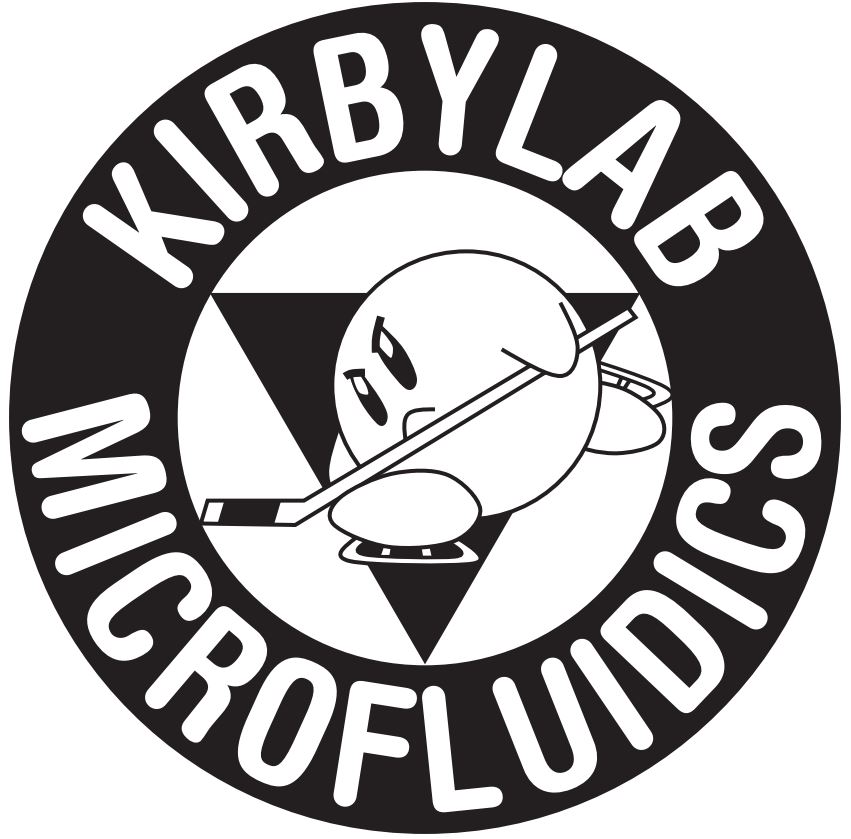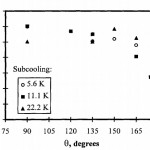International Journal of Heat and Mass Transfer, 1997: Effects of heater surface orientation on the critical heat flux–I. An experimental evaluation of models for subcooled pool boiling
Citation: Brusstar MJ, Merte Jr H, Keller RB, Kirby BJ. Effects of heater surface orientation on the critical heat flux–I. An experimental evaluation of models for subcooled pool boiling, International Journal of Heat and Mass Transfer 404007-4019 (1997).
Abstract:
An experimental study of boiling and high heat fluxes in low-velocity subcooled forced convection boiling is presented, demonstrating the effects of subcooling and buoyancy orientation on the critical heat flux (CHF) and the bubble residence time. At the low velocity of 0.04 m s-1 used, the flow forces acting on the vapor are insignificant compared with buoyancy and teh CHF behaves as in pool boiling, depending primarily on the orientation of the heater surface with respect to gravity. This dependence is related to the bubble residence time, which is found to be inversely proportional to the CHF and the corresponding bubble residence time is a constant, suggestis that the mechanism for dryout is independent of the heater surface orientation, despite changes in the vapor departure velocity and the CHF with the orientation angle. Furthermore, increass in the bulk liquid subcooling substantially reduce the net rate of vapor generation such that the bubble residence times at the CHF are independent of subcooling. The work concludes by proposing the energy per unit area leaving the heater surface during the bubble residence time as the CHF mechanism, which is more generalized than the mechanism assumed in the macrolayer dryout models.
Figures:












